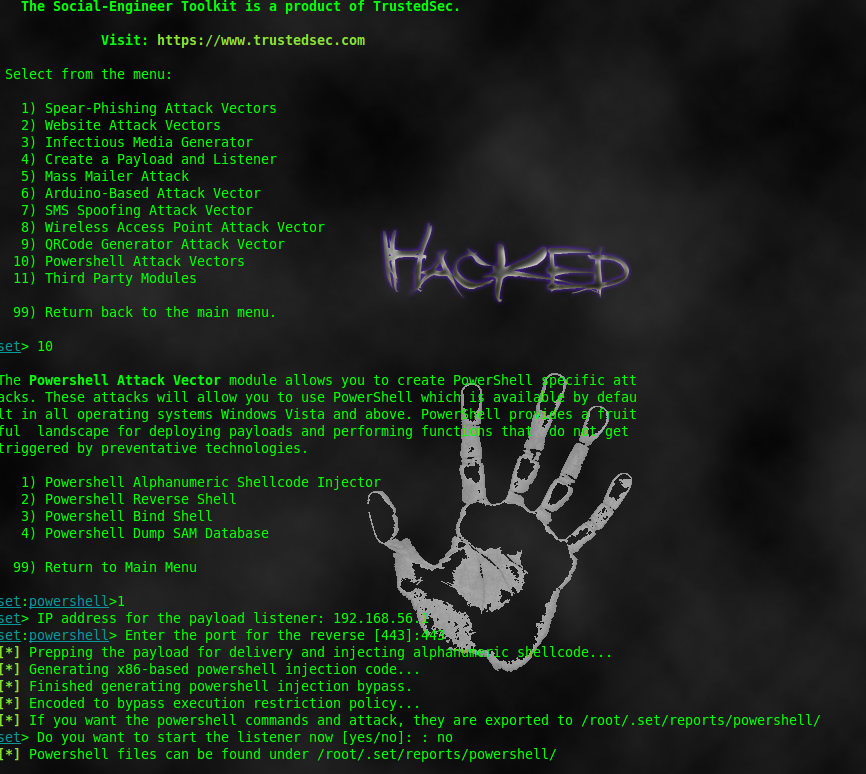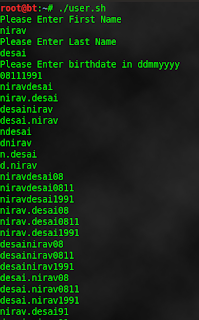Today we are gonna talk about Veil-Catapult.Veil-Catapult is payload delivery for when metasploit’s psexec getting caught by AV.It utilizes Veil-Evasion to generate AV-evading binaries, impacket to upload/host the binaries, and the passing-the-hash toolkit to trigger execution.It officially supported on kali linux only.I`m going to show you how to install Veil-Catapult in backtrack?
First if you have not already installed veil-evasion framework then first install it as mentioned here.After installing Veil-evasion follow steps.
root@bt:~wget https://github.com/Veil-Framework/Veil-Catapult/archive/master.zip
root@bt:~unzip master.zip
root@bt:~cd Veil-Catapult-master/
root@bt:~sh setup.sh
Now veil-catapult require impacket library & passing the hash toolkit.So setup script try to install PTH suite but we got error.So we have to manually do it.
First if you have not already installed veil-evasion framework then first install it as mentioned here.After installing Veil-evasion follow steps.
root@bt:~wget https://github.com/Veil-Framework/Veil-Catapult/archive/master.zip
root@bt:~unzip master.zip
root@bt:~cd Veil-Catapult-master/
root@bt:~sh setup.sh
Now veil-catapult require impacket library & passing the hash toolkit.So setup script try to install PTH suite but we got error.So we have to manually do it.
Install passing the hash.
root@bt:~wget https://passing-the-hash.googlecode.com/files/wmiPTH-1.0-1.deb
root@bt:~wget https://passing-the-hash.googlecode.com/files/winexePTH1.1.0-1.deb
root@bt:~dpkg -i winexePTH1.1.0-1.deb
root@bt:~dpkg -i wmiPTH-1.0-1.deb
If you are using other OS then you have to manually build it as mentioned here .
It installed into the /opt/pth/bin folder , we have to move it into /usr/bin.
root@bt:~# ln -s /opt/pth/bin/wmis /usr/bin/pth-wmis
root@bt:~# ln -s /opt/pth/bin/winexe /usr/bin/pth-winexe
root@bt:~# ln -s /opt/pth/bin/wmic /usr/bin/pth-wmic









